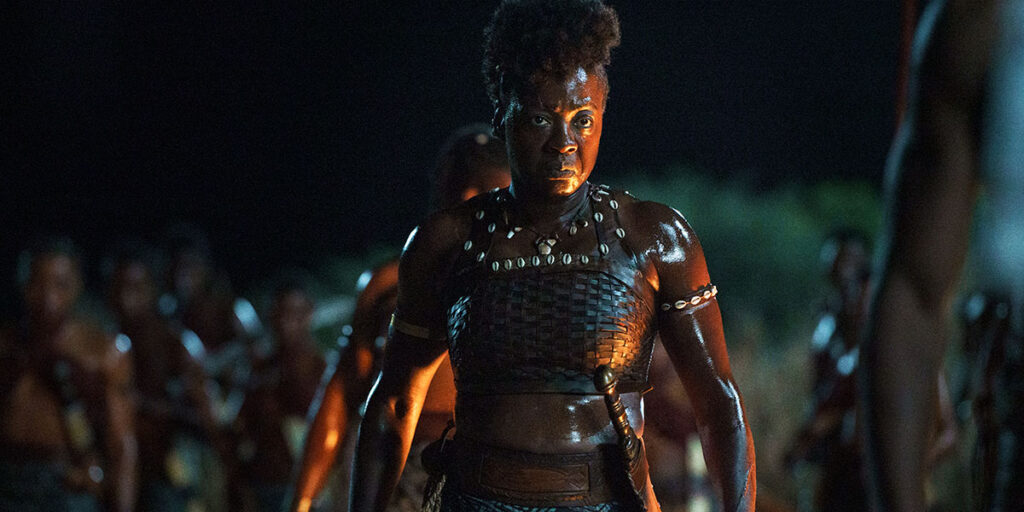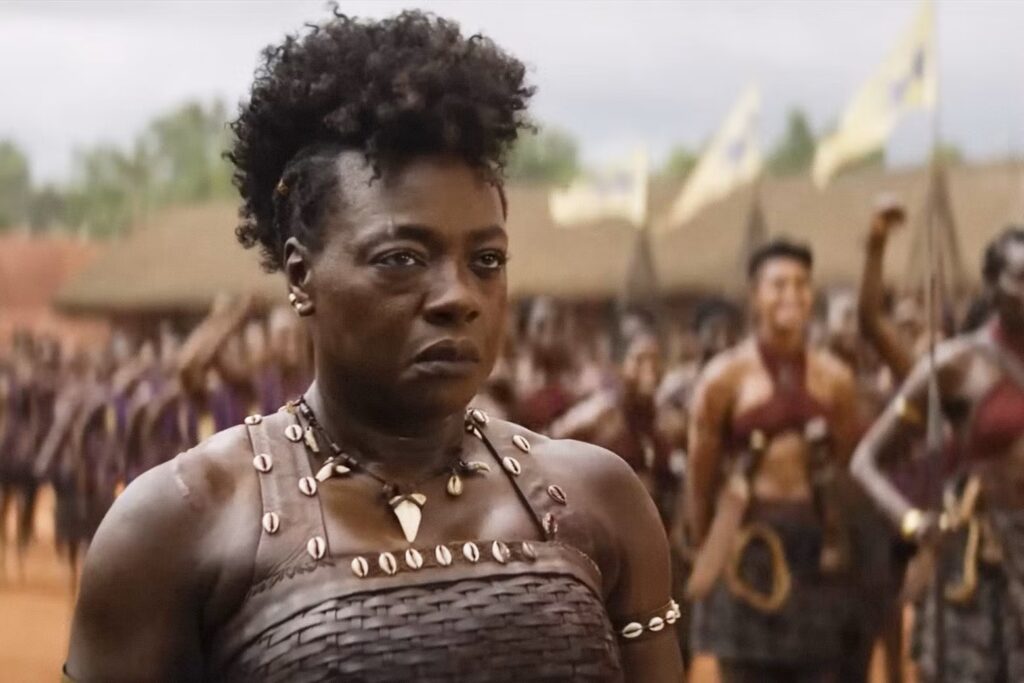The latest report from the USC Annenberg Inclusion Initiative has found that, despite making up about 20 percent of the U.S. population, the Hispanic/Latinx community “remains almost invisible on screen.” Published in partnership with UnbeliEVAble Entertainment and Wise Entertainment, “Hispanic and Latino Representation in Film: Erasure On Screen & Behind the Camera Across 1,300 Popular Movies” examines the prevalence of Hispanic/Latinx speaking characters and off-screen creatives in 2007-2019’s top films, and provides an analysis of stereotyping in 2019 movies.
Released as Hispanic Heritage Month begins, the report concludes that only seven percent of 2019’s top films featured a Hispanic/Latinx lead or co-lead, and just 3.5 percent of leads/co-leads across the 13-year sample were Hispanic/Latinx. “However, more than half of leading/co-leading Hispanic/Latino actors were girls and women across the 1,300 movies examined, including 6 of the 7 lead/co-lead actors in 2019,” a press release for the study notes. “Yet, Hispanic/Latina girls/women still represent only 1.9% of all leads/co leads across 1,300 films.”
Less than six percent of speaking or named characters in 2019’s top films were Hispanic/Latinx; 35 of those movies featured zero Hispanic/Latinx speaking characters. Just five percent of all characters across 2007-2019’s top movies were Hispanic/Latinx; 567 of those 1,300 films, or 43.6 percent, didn’t have a single Hispanic/Latinx character.
Study co-author Dr. Stacy L. Smith called out studios that are publicly celebrating Hispanic Heritage Month yet have contributed to these dismal stats by failing to employ Hispanic/Latinx folks on-screen or off. She said, “As companies celebrate Hispanic Heritage Month through online posts, events, and employee resource groups, the evidence is clear that concern for inclusion happens when convenient or expected and not when it comes to greenlighting films by, for, and about the Hispanic/Latino community.”
The situation is especially grim for Hispanic/Latina women. Fifty-nine of 2019’s most popular films included zero Hispanic/Latina girls or women as speaking or named characters. From 2007-2019, “a total of 856 films completely erased girls/women from the Hispanic/Latino community.” Women aged 45 or older only held three roles across the 13-year sample, and two of them went to Jennifer Lopez.
When Hispanic/Latinx folks are included on-screen, their characters are often stereotyped. “More than one quarter (29.8%) of Hispanic/Latino speaking characters and 39.5% of top-billed Hispanic/Latinos across 100 movies of 2019 were depicted as criminals,” the study finds. 13.2 percent of top-billed and 13.8 percent of all Hispanic/Latinx speaking characters were depicted as poor, while 13.2 percent of top-billed and 8.5 percent of speaking characters were coded as “foreign.”
Going behind-the-scenes, only 4.2 percent of directors of the top 1,300 films from 2007-2019 were Hispanic/Latinx. Only three directors across that sample were Hispanic/Latina women: Patricia Riggen, Melina Matsoukas, and Roxann Dawson. The study authors calculated that “the ratio of white men to Hispanic/Latino women directors across 1,300 films was 200 to 1.” Only three percent of producers across the 13-year sample were Hispanic/Latinx. Of those producers, 21.9 percent were women. All in all, Hispanic/Latina women comprised less than one percent of producers on the top movies from 2007-2019.
“Representation on screen matters for our community — it shapes not just how others see us, but also how we see ourselves. It’s imperative that our media includes narratives that uplift Latino and Hispanic voices,” said Eva Longoria, President and CEO, UnbeliEVAble Entertainment. “We need to see ourselves in storytelling and we need the world to see the joy, the power, and the heart of our community in ways that are still all too rare. Media can make a difference in our world and we need to see real change.”
“There have always been excuses [for not hiring Hispanic/Latinx folks for movies], but those simply do not make sense any longer,” stressed Mauricio Mota, Co-President of Wise Entertainment. “We can’t blame it on the ‘pipeline’: it exists. We can’t blame ‘a lack of stars’: they are there, and they over deliver. We can’t blame it on the absence of below-the-line talent: they exist and have earned the right to get the big jobs. And last but not least we can’t say there are not enough Latinx/Hispanic stories: there are 700 million people consuming them. It’s time we are not taken for granted anymore.”
Read the Inclusion Initiative’s full “Hispanic and Latino Representation in Film” report here.







